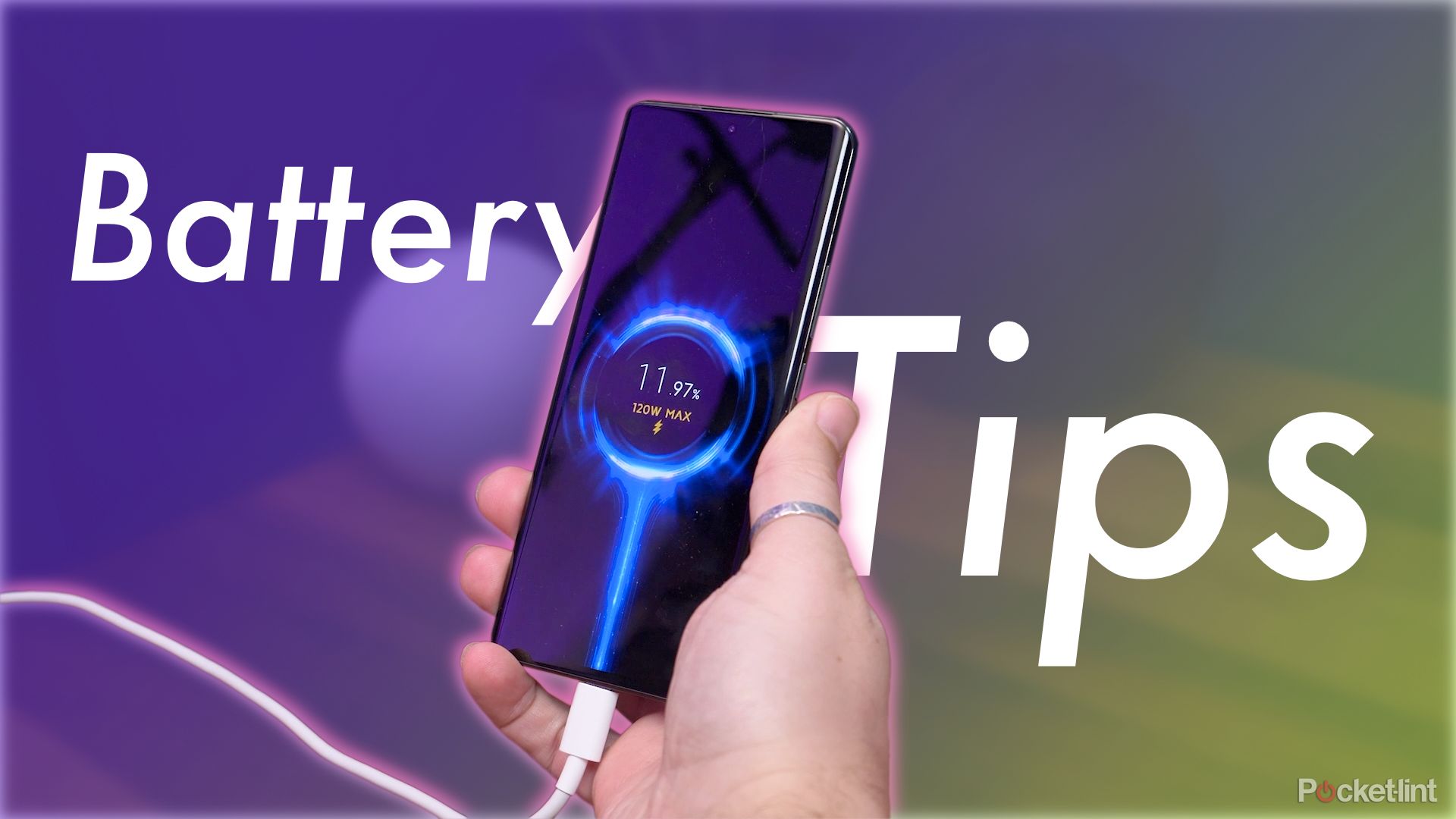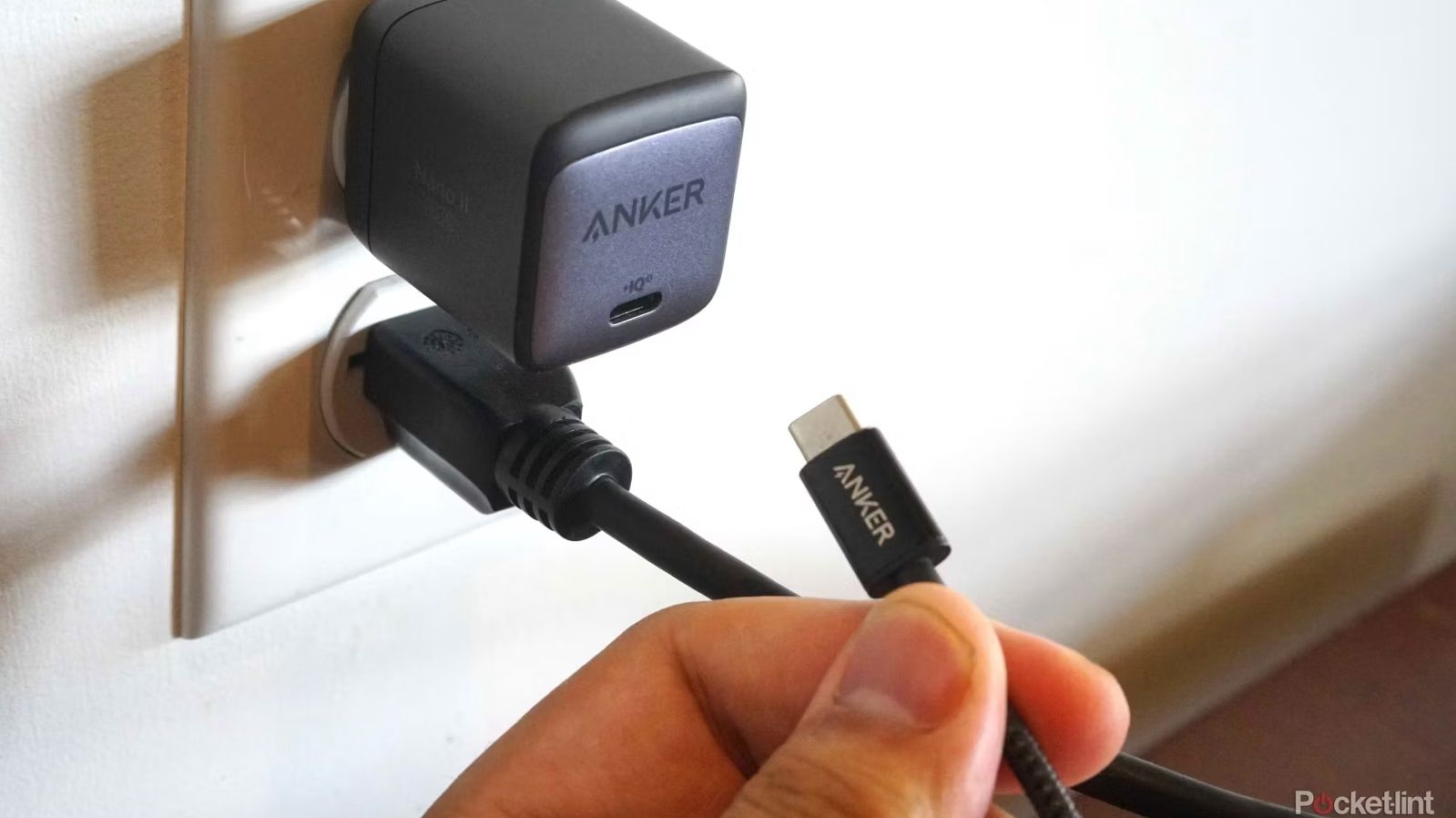Key Takeaways
- Solid-state batteries offer higher capacity and energy density, faster charging, and increased durability compared to lithium-ion batteries.
- The electric vehicle industry is particularly interested in solid-state batteries to increase range and reduce weight.
- Solid-state batteries have the potential to improve battery life and performance in everyday electronics like smartphones, laptops, and wearables.
Our modern tech — smartphones, laptops, smartwatches, and all the rest — really do make your lives so much more comfortable and convenient than ever before. However, with all their useful functions, there also come some annoying quirks. A few decades ago, nobody even knew what lag was or how frustrating a stuttering animation could be, and yet those are things a lot of us complain about in some form.
One of the most annoying aspects of all portable tech is the lousy battery life that it generally has. Our powerful laptops, snappy phones, and versatile smartwatches are limited from anywhere to just a few hours of battery life, to a few days before needing to be plugged in to recharge. Not only is it annoying, but is also something that crucial infrastructure has to be built around.
2:04

Can you overcharge your phone? Tips for how to extend your phone’s battery life
Your phone’s battery is more complicated than you might think — here are some tips to make it last longer.
However, modern problems require modern solutions, and a solution to our battery problem is being worked on right now. With the growing EV market, as well as the ever-increasing reliance on tech such as smartphones and wearables, which all need long-lasting batteries, the demand for better battery cells is at an all-time high. It also seems that lithium-ion cells can only get us so far. That’s why manufacturers are also trying out different technologies. One of the most promising ones seems to be solid-state batteries. Here’s everything you need to know about that type of battery.
Why are lithium-ion batteries not enough?
Lithium-ion batteries are in every piece of rechargeable tech nowadays. From the smartwatch on your wrist to your laptop to the electric car you drive, they are responsible for powering the newest tech. However, they still have quite a lot of shortcomings that heavily impact the way we use technology.
The two biggest flaws of lithium-ion batteries are undoubtedly their capacity and the fact that they are extremely fragile (and dangerous when damaged).
Smartphone batteries keep getting bigger, and their CPUs are more efficient. However, we still generally have to charge them every day, as there is a limited amount of power that such a small lithium-ion battery can hold. It might not be as annoying on a phone, but smartwatches and other wearables have to heavily sacrifice performance to reduce their power usage. If they could maintain their small form factor and get much bigger batteries, we could expect many more features to follow.
The same is true for electric cars — people want their EVs to be able to drive several hundreds of miles without needing a recharge. Still, the size of their batteries is limited both by the size of vehicles and by the massive weight of the cells themselves.
This means that lithium-ion batteries are often the cause of the limitations in tech that we complain about. This is also why manufacturers are looking for different ways of overcoming them — including betting on different battery technologies.
What is a solid-state battery?
One of the biggest technological hopes when it comes to extending the battery life of your mobile devices is solid-state batteries. The likes of Toyota and Samsung have championed these for use in their future electric cars and devices. Still, many more automotive and tech companies are now researching this technology, hoping that it will one day replace lithium-ion cells.
As the name suggests, solid-state batteries do not have any liquid inside of them. This is in contrast to lithium-ion batteries, which include a liquid electrolyte that allows lithium ions to flow from the anode to the cathode, transferring power stored in the battery to the device that is being powered.
Solid-state batteries function similarly, but they exchange the liquid electrolyte layer in the battery into a solid electrolyte. This goes along with the changes to the anode; lithium-ion batteries are made with graphite that has lithium ions enclosed in it, and solid-state batteries opt for a solid lithium metal anode.
These two changes mean that the cells themselves are much smaller, as the electrolyte layer, as well as the solid lithium layer, can be significantly smaller than their counterparts in the lithium-ion battery. This is one of the reasons that solid-state batteries are so much more energy efficient than the older standard.
Why are solid-state batteries better?
Solid-state batteries, if all the hope related to this technology will come true, are set to be a game-changer. Here is a list of the main benefits of this tech compared to lithium-ion cells:
- They have higher capacity — solid-state batteries can store much more energy in the same volume. This allows devices using them to run for much longer while not being any bigger.
- They have higher energy density with a lower weight and higher energy density — that is, they store more energy in the same volume as lithium-ion batteries. Solid-state batteries are also lighter than their lithium-ion counterparts. This makes the devices lighter while not losing battery capacity.
- They charge faster — solid-state batteries charge much faster than lithium-ion cells. It is expected that a solid-state battery in an EV should charge to full capacity in around 10 to 15 minutes.
- They can be charged and discharged more times — solid-state batteries are also more durable than lithium-ion batteries. Nowadays, lithium-ion cells usually guarantee 80 percent of their original capacity after 1000 charge cycles. Solid-state cells should significantly improve on that score.
- They are safer — solid-state batteries are not as prone to damage as lithium-ion cells, as there is no dangerous liquid inside. Moreover, they also do not expand and cause explosions, as is the case with some improperly installed lithium-ion cells. Solid-state batteries are also less prone to mechanical damage, making them easier to use in various environments.
Tesla
How will solid-state batteries transform EVs, laptops, and phones in the future?
As you can see, there are many (at least theoretical) benefits that solid-state batteries have over their lithium-ion counterparts. So, with these in mind, how could they change the tech industry?
Let’s start with EVs
This electric vehicle industry has been pushing solid-state batteries the most. The hope is that by reducing the weight and increasing the capacity of batteries, the next generation of electric cars will finally be able to get rid of their users’ range anxiety.
Most users require their cars not only to be great in the city but also to allow them to go on a longer ride every once in a while without the need for refueling/recharging. With modern EVs, this is quite tricky, as their ranges max out around 300 miles/500 kilometers at best.
Solid-state batteries might be the answer, as in the same volume, they could provide much more power, resulting in much longer ranges. Moreover, as the batteries themselves are lighter, the reduced weight would also positively impact the range of future EVs.
What about other methods of transportation?
However, this change is not only significant for cars. If solid-state batteries prove lightweight and energy-dense enough to power electric engines in flying machines, we could see an even bigger impact on the industry, as planes are now the only vehicles that have been unable to take advantage of the electrification boom.
Your everyday handhelds and wearables
These cells could also heavily impact your everyday electronics, such as laptops and phones, but most significantly, smaller wearables. As the batteries are more energy-dense and lighter, it could mean either smaller and lighter devices with similar battery life or, even better, devices with weight and dimensions similar to what we know now but that could last much longer on a single charge.
This change might not be as huge for everyone who charges their phones overnight, but it might prove invaluable for devices such as smartwatches. Take, for example, the Apple Watch 9. It’s a stellar device with one fatal flaw: its battery life. As the watch can only run around a day on a single charge, you always have to remember to charge it and find the time of day to do it. Solid-state batteries could eliminate that problem, along with making charging much faster.
Some products that solid-state batteries could benefit
Why are solid-state batteries not available yet?
Of course, for now, all these benefits are little more than wishful thinking. Even though solid-state battery technology is not just a theory — there are working prototypes — its commercial implementation is still far away.
The biggest hurdle that solid-state batteries have to overcome right now is the manufacturing cost. Solid-state batteries indeed promise to be much better overall, but their costs right now make them not viable for consumers.
This cost is due to a much more complicated manufacturing process, as well as more pricey materials that are needed to create a solid-state battery. Moreover, it’s also the cause of the scale of lithium-ion batteries being manufactured — as they are produced commercially in huge quantities, manufacturing them is much cheaper than a still-niche product.
In a recent interview with IEE Spectrum Bob Gaylen, an expert in battery technology, said that the challenges that solid-state technology is facing are still enormous, and for now there is no apparent solution to the high cost of production. That’s why, for the time being, it seems that lithium-ion batteries are still here to stay as the go-to choice for most industries.
It also has to be said that all the benefits that solid-state batteries bring to the table still aren’t realized in the finished product. Even though this tech has the potential to deliver on all of these fronts, the manufacturing processes are still underdeveloped. It means that so far, not all the claims have been achieved, at least not all simultaneously.
There are also safety concerns. It’s true that, in general, solid-state batteries are safer than lithium-ion ones, as they have many fewer weaknesses. However, they come with issues of their own. The biggest one is their proneness to short circuits, which is caused by microscopic growth of lithium metal called dendrites.
However, even with all these caveats, solid-state batteries are considered the batteries of the future. If their promises finally become a reality, we might expect a whole new era of electronics and a completely new way to use your everyday tech accessories.














